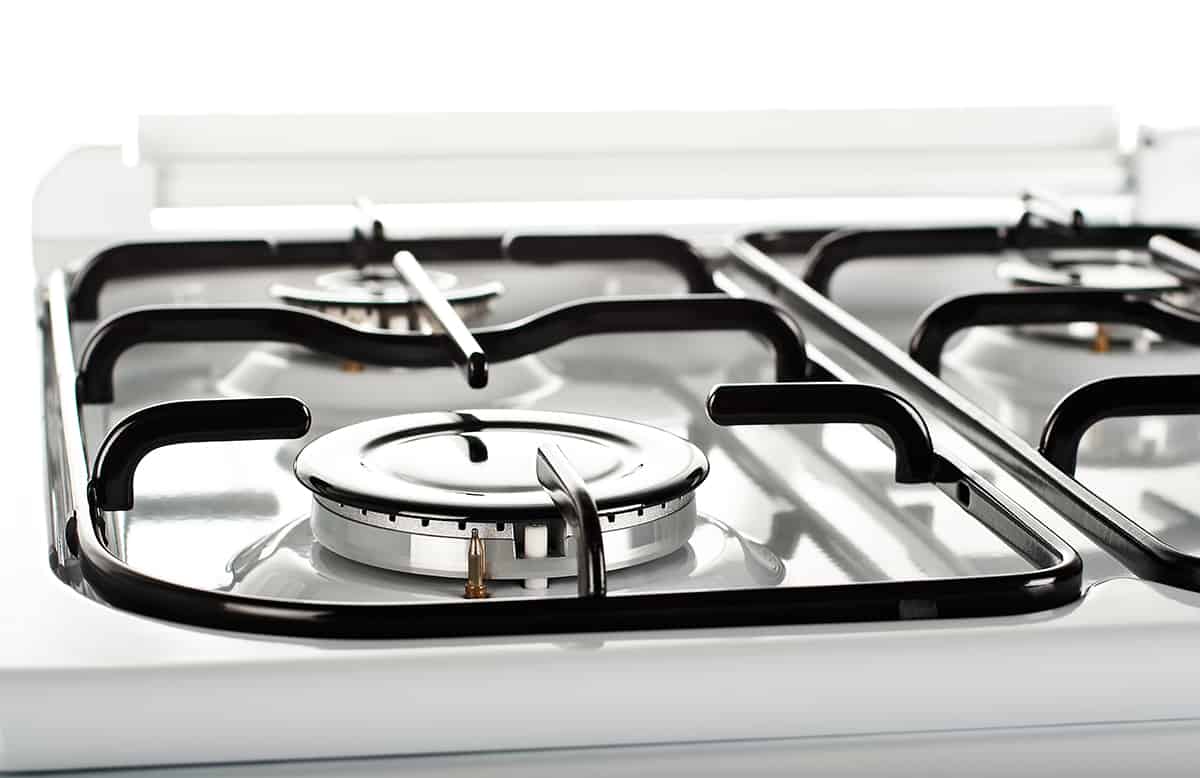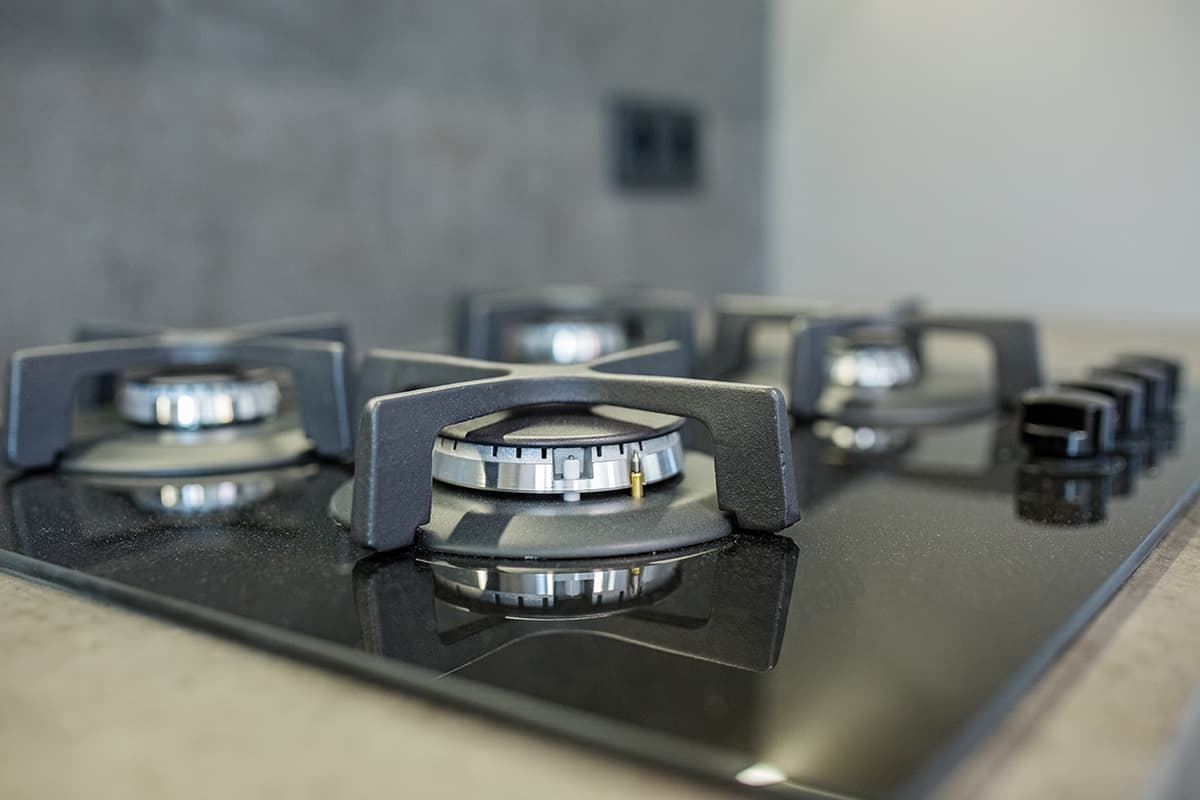Imagine your kitchen stove. The part you place your pots and pans on to cook your food that’s the burner. Now, these burners are made from different materials, the most common ones being brass and cast iron. Just like how different ingredients bring unique flavors to a dish, the material of the burner can affect your cooking too.
Brass burners are known for heating up quickly and evenly, offering precise temperature control. They generally require less maintenance compared to their cast iron counterparts, but cast iron burners are often more durable. While cast iron takes longer to heat, they retain heat for much longer than brass.
This article will delve deeper into the world of brass and cast iron burners.
The Basics of Burners

Cooking at home may seem pretty straightforward. You turn on your stove, the burner heats up, and you cook your food. But have you ever wondered how these burners work or what they’re made of?
Burners are the part of your stove that produces heat for cooking. They work by using a fuel source, like natural gas or propane, and converting it into heat.
When you turn the knob on your stove, it opens a valve that allows the fuel to flow to the burner. The fuel then mixes with air and is ignited, creating a flame. The flame’s heat is what you use to cook your food.
Burners can be made from different materials, each with its own set of characteristics. The materials used can affect the burner’s heat output, how evenly it distributes heat, how long it retains heat, and even how long it lasts.
Unraveling the Details: Brass Burners
In the world of cooking appliances, brass burners are often hailed as top-tier. Made from a blend of copper and zinc, these burners have unique qualities that make them stand out. Let’s unravel the details and understand why brass burners are a popular choice for many.
The structure and design of brass burners
A brass burner’s structure is designed to optimize its performance. It typically has several small holes or ports where the gas comes out and ignites to form a flame. This design helps in distributing the heat evenly across your cookware.
Brass burners also come in various shapes and sizes, catering to different cooking needs. For example, a larger burner provides a high heat output for quick boiling, while a smaller burner offers a low, simmering heat for delicate cooking.
Heat distribution and temperature control
Brass burners excel in heat distribution and temperature control. Their excellent heat conduction ensures the heat is spread evenly, preventing hot spots that could cause your food to cook unevenly. This means you can achieve a perfect sear on your steak or simmer your sauce without any worries.
Moreover, brass burners respond quickly to temperature adjustments, giving you precise control over your cooking.
The pros and cons of brass burners
Pros:
- Excellent heat conduction
- Even heat distribution
- Quick response
- Resistance to corrosion
- Easy to clean
- Long lifespan with proper care
Cons:
- Higher cost
- Discoloration over time
Deep Dive: Cast Iron Burners
Cast iron burners are another common type of burner used in kitchens worldwide. Known for their durability and heat retention, these burners are often chosen for their long lifespan and robustness. Let’s take a deeper dive into the world of cast iron burners.
The composition and form of cast iron burners
Cast iron is a group of iron-carbon alloys with a carbon content greater than 2%. It’s highly durable and can withstand extreme temperatures, making it ideal for burners.
Cast iron burners are usually heavier than other types due to the density of the material. They typically have larger ports than brass burners, resulting in larger, more robust flames.
Heat conductivity and temperature regulation
While cast iron burners may take longer to heat up compared to brass burners, they shine in heat retention. Once hot, they maintain a steady temperature, providing a consistent heat source. This property is beneficial when cooking dishes that require slow, even cooking.
However, cast iron burners can be slower to respond to temperature adjustments compared to brass burners.
The pros and cons of cast iron burners
Pros:
- Durability
- Heat retention
- Strong flames
- Cost-effective
Cons:
- Slower heat-up time
- Slower response to temperature changes
- Maintenance requirements
Other Burner Materials (that Are Less Impressive)
While brass and cast iron burners are quite popular, they aren’t the only options available. There are other materials used to make burners, each with its own set of benefits and drawbacks.
1. Stainless steel burners
Stainless steel is another common material used in burner construction. It’s an alloy of iron, carbon, and at least 10.5% chromium, known for its strength and corrosion resistance.
Stainless steel burners are highly durable and can withstand high temperatures without warping or deteriorating. They’re also easy to clean, as food and grease don’t stick to the surface as much. Plus, they resist rust, making them a good choice for outdoor grills.
However, stainless steel doesn’t conduct heat as well as brass or cast iron. This can lead to uneven cooking if the burner design doesn’t compensate for this.
2. Aluminum burners
Aluminum burners are lightweight and affordable, making them a popular choice for portable stoves and camping equipment. They heat up quickly, but they don’t retain heat as well as brass or cast iron.
On the downside, aluminum is not as durable as other materials. It can warp under high heat and is prone to corrosion over time. It also doesn’t distribute heat as evenly as brass or cast iron.
3. Ceramic burners
Ceramic burners are not made entirely of ceramic. Instead, they are usually metal burners coated with a layer of ceramic. The ceramic coating helps distribute heat evenly across the burner, leading to even cooking.
One downside of ceramic burners is that they can crack if exposed to rapid temperature changes.
FAQs
1. Are Brass Burners better than Cast Iron Burners?
Brass and cast iron burners each have their own strengths, and whether one is better than the other depends on your cooking needs.
Brass burners heat up quickly, distribute heat evenly, and respond rapidly to temperature changes, making them ideal for precise cooking.
Cast iron burners, on the other hand, are extremely durable and retain heat well, which is beneficial for slow, even cooking.
Brass burners tend to be more expensive but require less maintenance, while cast iron burners are more affordable but need regular seasoning to prevent rust.
Ultimately, both types of burners can provide excellent cooking results.
2. How do I maintain and clean Brass and Cast Iron Burners?
To clean brass burners, remove any loose debris, then soak them in a mixture of vinegar and water to loosen any stubborn grime. Use a soft cloth or non-abrasive scrubber to clean the surface, then dry thoroughly.
Cast iron burners require a bit more maintenance. After cooking, let them cool, then brush off any loose debris. To prevent rust, they should be seasoned regularly. This involves applying a thin layer of cooking oil and heating it until it smokes to create a protective layer.
3. Which type of burner is more energy efficient?
In terms of energy efficiency, brass burners usually come out on top. They heat up quickly and conduct heat effectively, which means less energy is wasted. On the other hand, cast iron burners take longer to heat up, but once hot, they retain heat well, which can be beneficial for long cooking periods.
a
However, the overall energy efficiency also depends on other factors, such as the design of the stove and how well the heat is transferred to the cookware.






